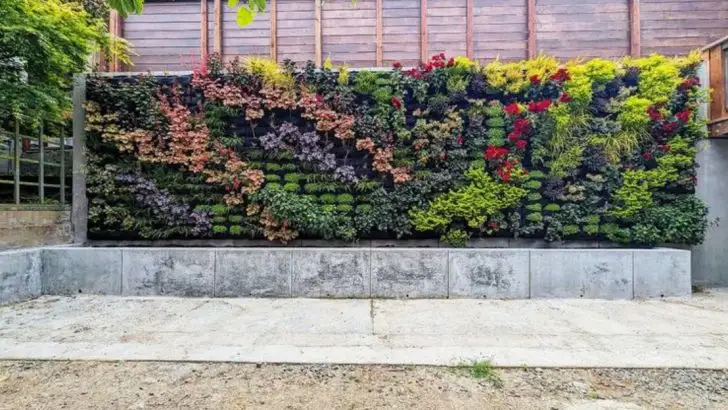Not all garden structure needs to be built. With the right choices and placements, plants themselves can shape space, guide movement, and define boundaries—without a single nail, brick, or fence post.
This is the quiet magic of invisible architecture: using growth patterns, foliage density, and natural rhythm to create living walls, organic pathways, and green dividers that evolve with the seasons.
In this article, explore how to design with form, not force—and let your garden organize itself through plant behavior, not hardscaping.
Living Walls
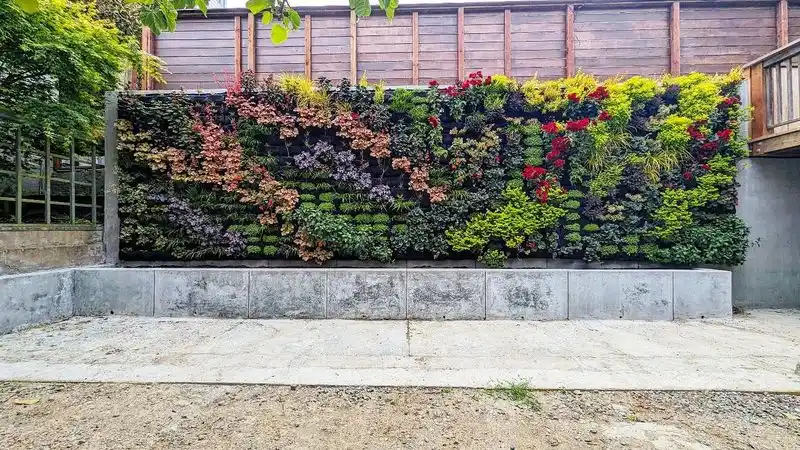
In urban spaces, living walls are capturing attention with their verdant appeal. Imagine a city cafe where the walls breathe life, adorned with an array of plants. These vertical gardens not only beautify spaces but also improve air quality. Living walls create a calming ambiance, offering city dwellers a slice of nature’s tranquility.
Beyond aesthetics, they provide insulation, reducing energy costs. Such walls can be customized with various plants to suit specific climates and styles. Did you know that living walls can even absorb sound, making them ideal for noisy urban environments?
Hedges as Fences

Hedges have long served as nature’s boundary markers. With their dense foliage, they provide privacy and a sense of enclosure without the rigidity of conventional fences.
In a suburban garden, a hedge can be both a visual delight and a haven for birds and insects. Unlike a wooden or metal fence, hedges evolve with the seasons, offering dynamic change. Historically, hedges were used in England’s countryside to demarcate land, a practice dating back centuries.
Their eco-friendly nature contributes to biodiversity, making them a sustainable choice.
Green Roofs
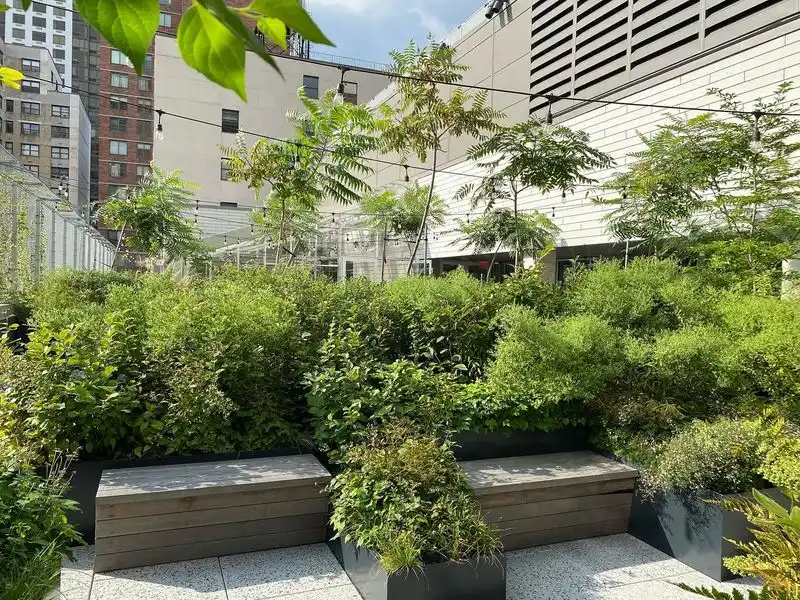
Green roofs transform buildings into living ecosystems. Imagine a home where the roof isn’t just shelter but a thriving habitat. These roofs support a range of plants, offering a haven for wildlife and contributing to urban biodiversity.
Besides their ecological benefits, green roofs provide excellent insulation, keeping homes cooler in summer and warmer in winter. This can significantly lower energy bills.
Historically, Scandinavian countries have used sod roofs for centuries, showcasing the concept’s enduring appeal. Their ability to manage rainwater runoff further enhances their environmental value.
Climbing Plants on Structures

Climbing plants infuse charm into structures, draping them in greenery. Picture an old stone cottage where ivy weaves through the masonry, adding character and age-old beauty.
These plants not only enhance visual appeal but can protect building surfaces from harsh weather. Climbers like wisteria and trumpet vine provide seasonal color variations.
Moreover, they can cool buildings naturally by shading walls from the sun’s intense rays. Historically, climbers have been used in European gardens for centuries, exemplifying timeless elegance in landscaping.
Pathways of Moss
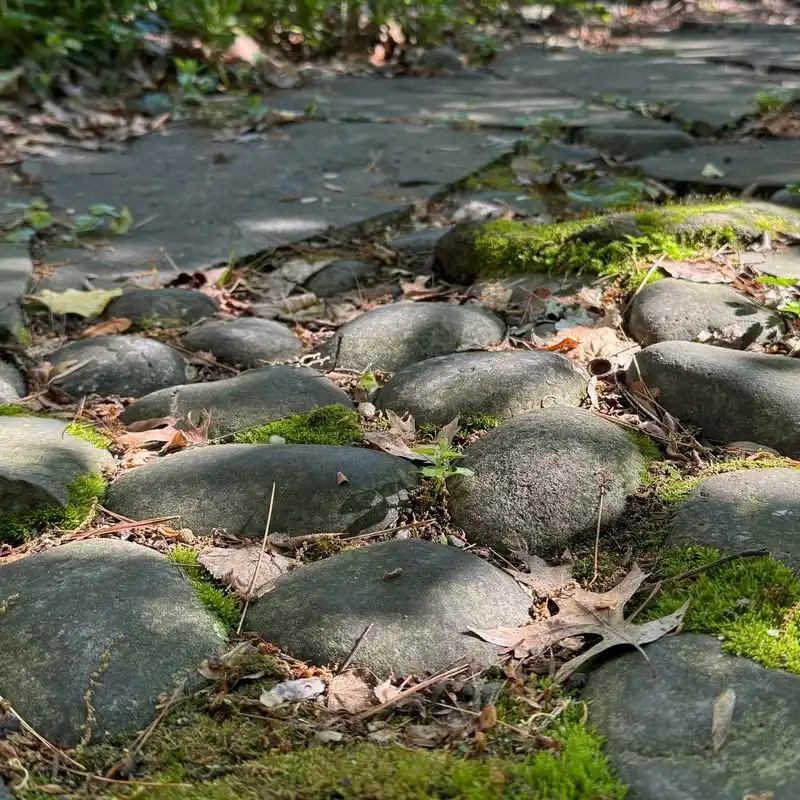
Moss pathways offer a soft, tactile experience, inviting quiet reflection. In a shaded garden, moss can thrive, creating a lush, green carpet underfoot.
Unlike traditional stone or gravel paths, moss paths require minimal maintenance, relying on natural moisture to flourish.
Their velvety texture and rich hue provide a serene aesthetic, encouraging mindful strolls. Moss has a storied history, often associated with Japanese gardens where it symbolizes tranquility and harmony. Its ability to grow in challenging environments makes it an adaptable and unique choice for garden design.
Bamboo Screens
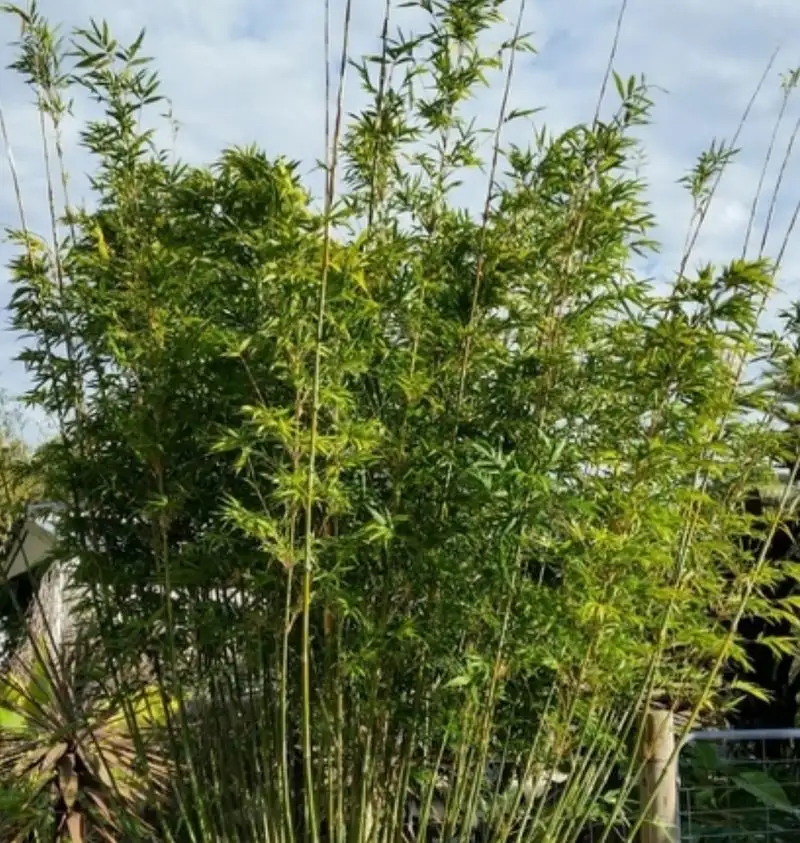
Bamboo screens are redefining outdoor privacy. In a modern patio, bamboo serves as a natural screen, offering seclusion while allowing light to filter through.
Yet, bamboo is more than just a barrier; its rapid growth and renewable nature make it an eco-friendly option. Unlike traditional screens, bamboo sways with the breeze, adding a dynamic element to spaces.
Historically, bamboo has been used in Asian cultures for thousands of years, prized for its versatility and strength. Its sustainable qualities make it a favored choice for environmentally conscious designs.
Flowering Canopies

Flowering canopies bring whimsical beauty to outdoor spaces. Imagine dining beneath a wisteria-laden trellis, where blooms create a fragrant ceiling.
These canopies not only offer shade but also infuse spaces with color and scent, enhancing the sensory experience. The concept of flowering canopies dates back to Renaissance gardens, where they were a symbol of elegance and luxury.
Their ability to transform ordinary areas into delightful retreats makes them a cherished feature in garden design. The interplay of light and shadow adds an artistic touch, making every moment under them special.

